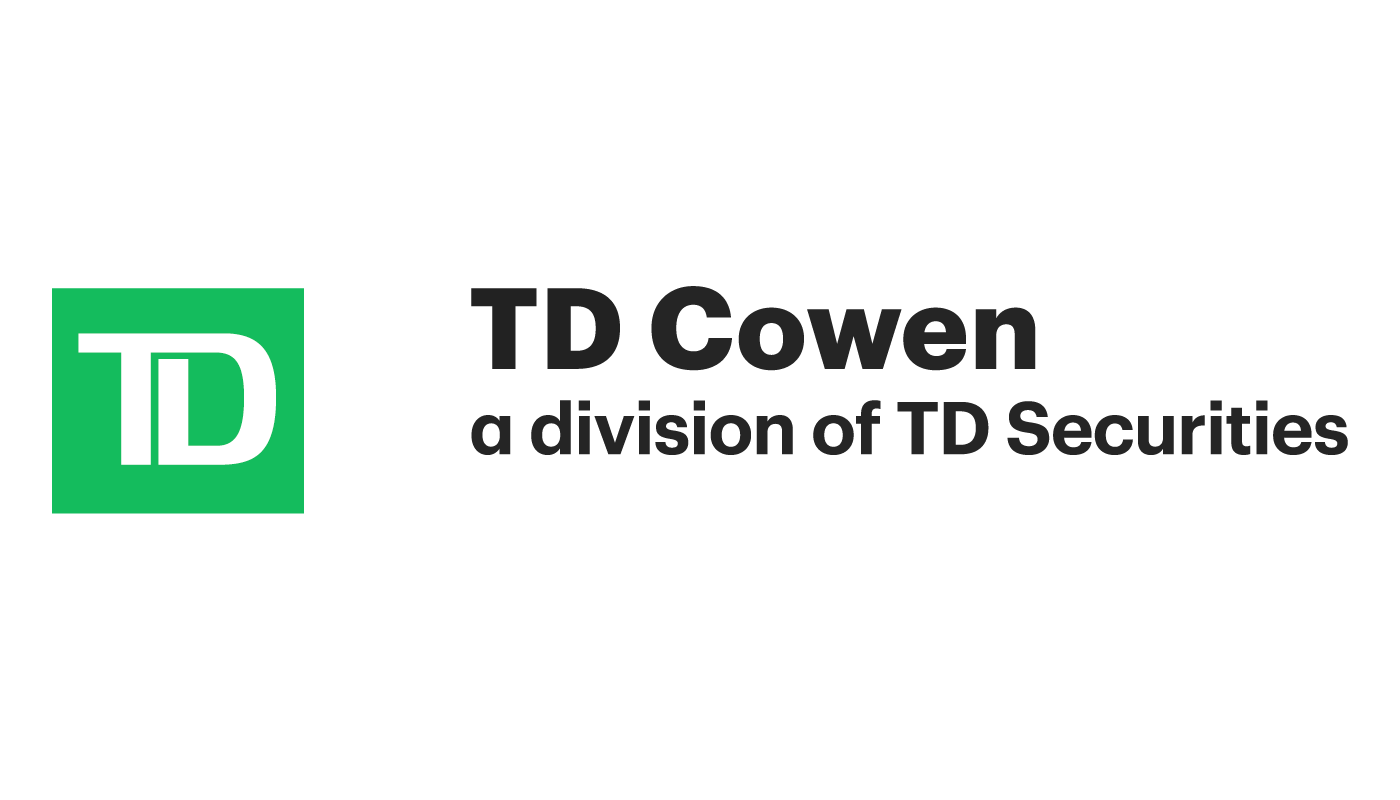Bruno, a soft-spoken man in his early 60’s, was nearing retirement and he was concerned about his company’s future. He wanted to sell his company, retire, and spend more time living on the coast sailing his ocean-going yacht. While he was a very determined person who built his manufacturing company from the ground up, he realized his two children were not up to the task of running the company after his departure.
But he was greatly relieved when he met with several business brokers because they were very impressed with his enterprise, and that he had put it together so in essence it ran on autopilot. This was because that over a number of years he had created a systematized company that produced its product in a near flawless manner while requiring very little staff.
He had put the necessary pieces together to make the company appealing to a purchaser. This included a desirable product, significant market share, high profits, low overhead, an in-place workforce, and a systematized operation. All these factors made it very attractive.
Have You Thought About Your Eventual Exit?
You, like Bruno may have thought about your eventual exit from your company. You may be asking yourself if you have put all the pieces in place so that others will find your business attractive to them. According to a California Association of Business Brokers study, we are in the midst of the ownership transfer of over 12 Million businesses.
Eventually all business owners will exit their company, so it is not a matter of if, but rather when this succession will take place. Even more so, under what circumstances will this transition take place? Do you have a transition plan in place?
Five Basic Exit “Strategies”
There are five basic exit (succession) “strategies” you can employ for your company, namely:
- Sell it to an outsider or another owner
- Sell it or gift it to a family member
- Sell it to your employees or to an ESOP
- Run it for the rest of your life
- Shut it down
Option 1 – For many people the first option of selling their enterprise to an outsider or another owner is the most desirable one.
Option 2 – If you decide to pursue the second option you will want to provide your family member with a company in a desirable condition to thrive and grow.
Option 3 – If you pursue the third option of selling your company directly to your employees, or to them via an ESOP, you want to provide them with an operation that will present them with the greatest opportunity for continued success. This is incumbent because you want to make sure the business will be able to make any payments to you related to the ownership transfer.
Option 4 – If none of the first three options are a likelihood, then you want to have an enjoyable and profitable business to run the rest of your life, as compared to a stressful or unprofitable one. Please note, there are businesses that can put you in an early grave because of the burden of operating them.
Option 5 – Obviously, the fifth option is to be avoided.
To be wise, you need to be planning for your exit long before that time comes to pass.
When To Start Planning For Your Ownership Transfer
According to Investopedia, an owner should begin planning their exit two years prior to the desired sale date, however, many business brokers recommend starting the process as much as 5 years beforehand. The most important step in getting a business ready for an ownership transfer is to create an enterprise that has high profits, significant growth potential, an in-place workforce, and that has been fully systematized.
Also, your Human Assets (your personnel) are a key part of the desirability of your company. A person who would be interested in buying your business is going to focus on the quantity of and correctness of your work force. They will also review the skill sets present in your staff and the morale and satisfaction of your employees. If any of these are found lacking, that will diminish the value of your business or even make it unsaleable.
Bruno was a great example of successfully doing the above because he was not complacent about the business’s operations. He had been persistent in improving his company’s functions, which resulted in it being more attractive than other businesses that were also listed with various business brokers.
Increasing The Attractiveness Of Your Business
The attractiveness of his enterprise (and eventually your company) is directly related to the concept I discussed in a recent article that how you produce your product can actually be more important than the product itself.
That concept leads to the understanding that you want to view your business as a product just sitting on a shelf for someone to acquire.
The actions Bruno took enabled his company to be “sitting on the shelf,” ready to be purchased, and as such it had a distinct advantage in competing with other businesses for a buyer.
Where to Start
Begin by starting to deeply think about your future exit from your company. Then, consider your five possible exit “strategies” and determine which one you want to pursue, including the likelihood of achieving the plan. Contemplate if you should have a Plan B exit strategy if your Plan A does not come to fruition.
Lastly, take the necessary steps to increase the attractiveness of your business. This includes understanding how you produce your product can actually be more important than the product itself and viewing your company as a product sitting on a shelf that is available for someone to purchase.
If you need assistance with preparing your business for your eventual exit, please contact us using the below information so we can guide you through this crucial process.
Fountainhead Consulting Group, Inc. is an Innovation and Business Growth, Scaling, and Planning firm. During the past 21, years we have shown over 1,200 companies how to achieve their goals by using our unique, comprehensive, and systematic FastTrak Innovation Program™,Innovation Academy™, and Structure of Success™ methodologies. Using the components in these methodologies, each month we examine an aspect of how to transform your business or organization into a true 21st Century enterprise.
Office: (770) 642-4220
The views and opinions expressed herein are the views and opinions of the author and do not necessarily reflect those of Nasdaq, Inc.







































